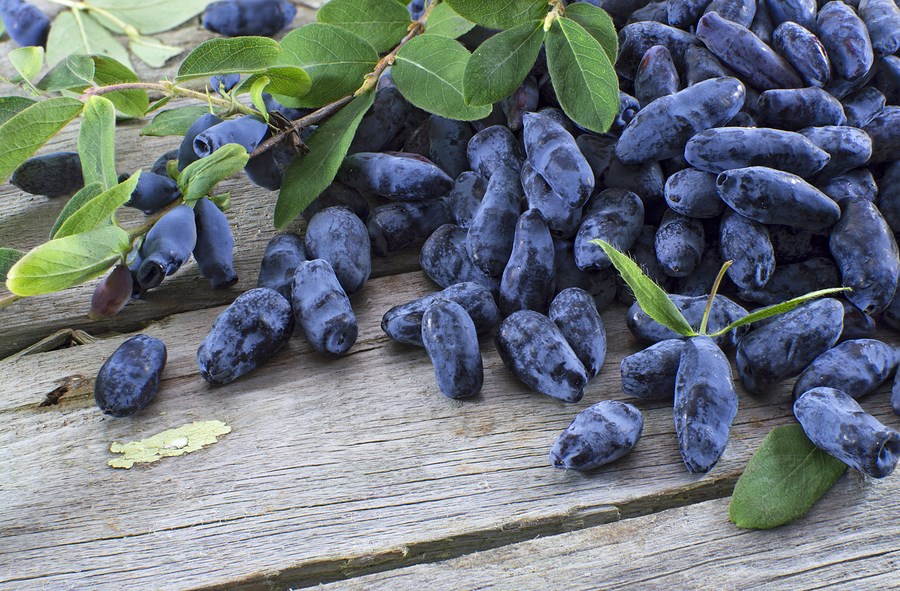The University of Saskatchewan has been developing a number of prairie hardy fruits, which I have been happy to try in my garden, with mixed results.
The most successful U of S fruit in my garden has been the haskap or honeyberry, Lonicera caerulea. There are several named varieties, and more are still being developed. The haskap is actually an edible honeysuckle that has been grown as an ornamental with fruit that is less desirable for humans, but enjoyed by birds. There are native species of this plant that grow in the boreal forest and even as far north as zone zero. I am looking forward to harvesting berries in about three weeks from my plants, which have not suffered any winter damage.
The berries are produced by the end of June for an early berry crop. The blue-black, oval berries are very nutritious, rich in antioxidants and nutraceuticals. Because they are such early bloomers they are often pollinated by bumblebees, which are the earliest bees to emerge in spring. The yellow flowers can withstand freezing temperatures of minus seven degrees Celsius without affecting fruit production.
The plant is a bush growing from four to seven feet tall, depending on variety. It is self-infertile, meaning you require at least two different varieties for cross-pollination. Because of their relatively small size even a small garden can accommodate two of these plants. They are well-behaved, do not sucker, and have few pests or diseases. The only pests I have encountered on my haskaps are birds, which can eat my entire crop in a couple of days. Over several years there has been no sign of disease or insect damage.
Haskaps grow in full sun in ordinary, well-drained soil. They have a shallow root system, therefore they do not compete well with grass. Allow bare dirt or mulch over the root area. They require little fertilizer. The shallow roots take up fertilizer quickly and can be burned, thus killing the plant, so it is best to use only organic fertilizers. If chemical fertilizers are used limit to one quarter of the recommended rate, and only fertilize once, in spring.
The plants can be pruned in early spring or late fall to encourage new growth and increase fruit production. It is best to remove one or two of the oldest branches at the base each year. This keeps the bush from getting too dense and allows sun to reach the middle of the bush.
The next article will be on dwarf sour cherries, which have done well most years, but suffered winter damage this year. Research I have done indicates that different cultural practices may limit damage in the future.




